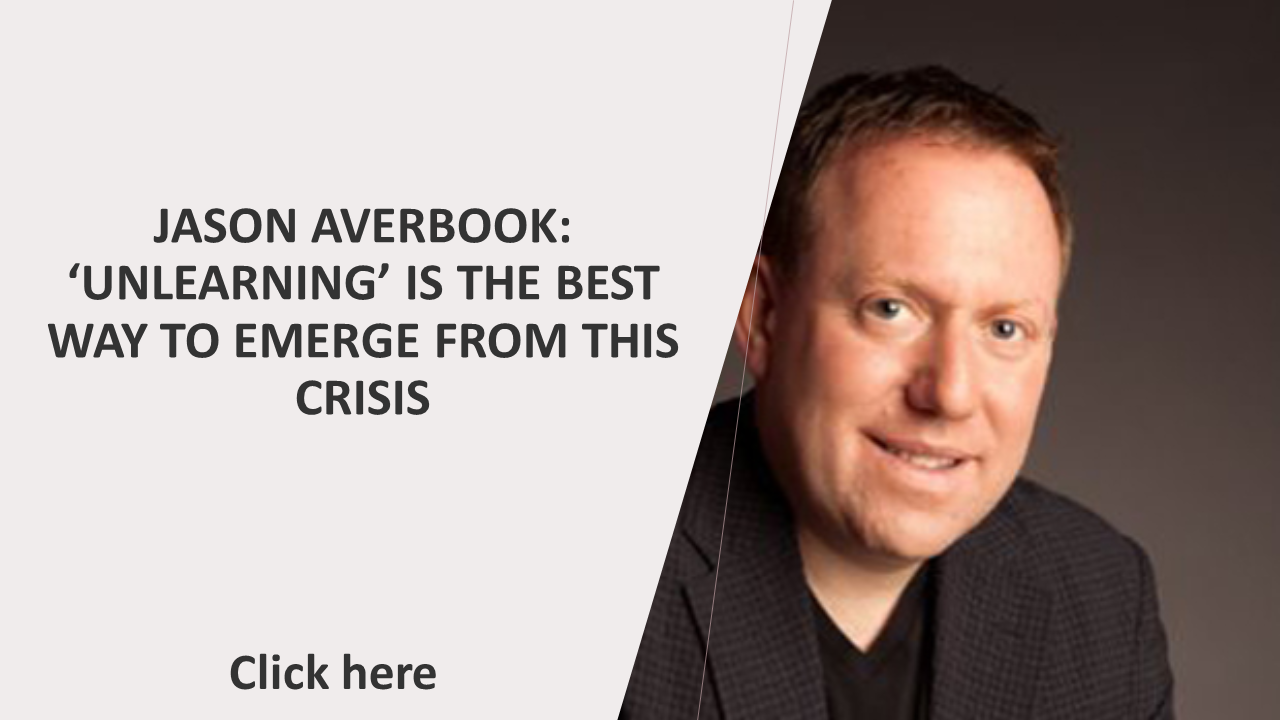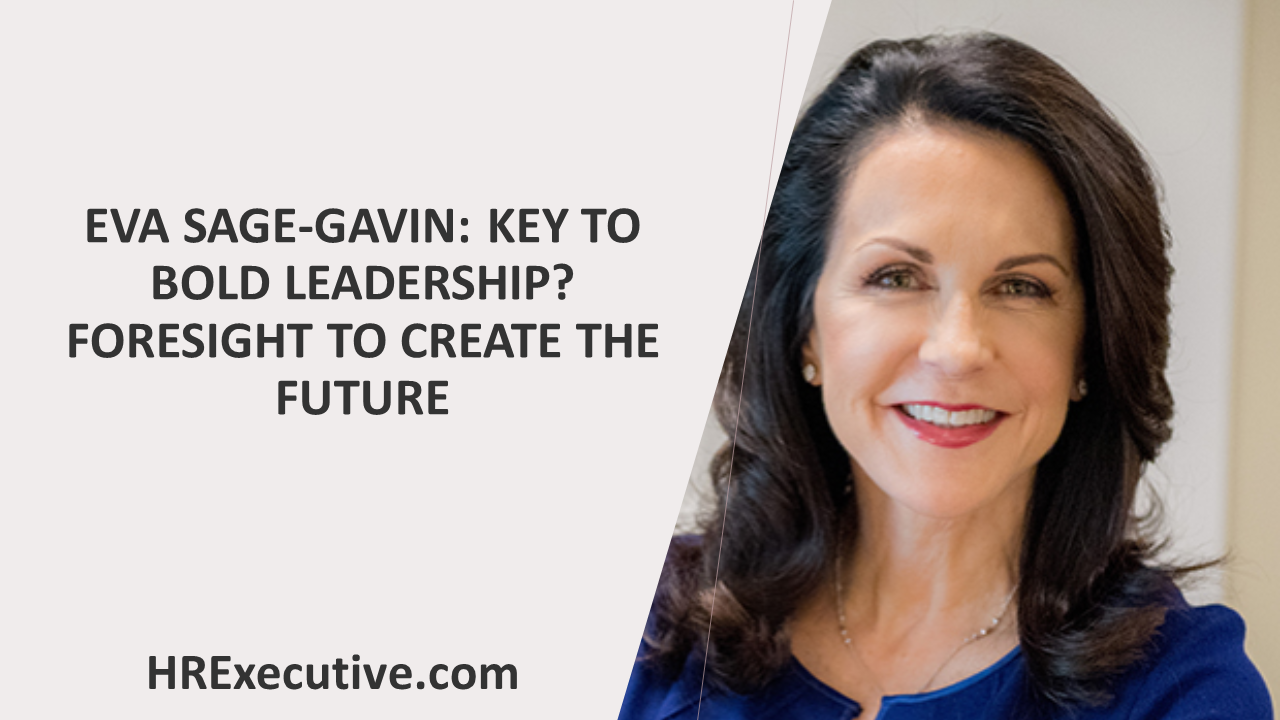As younger professionals begin to ascend the corporate ladder, many organizations are faced with the challenge of training and retaining employees, while also attracting top talent. This is especially difficult in today’s work climate. Gen Z and millennial culture, coupled with the COVID-19 pandemic, has transformed traditional work patterns and normalized job-switching. Young employees are now expected to change jobs—and even industries—several times during their professional lifespan.
Leaders must quickly adapt their expectations and organizational frameworks to meet the priorities of a new workforce that increasingly values purpose, flexibility and growth. The following four strategies can help ease the necessary growing pains:
Circle Back to Passion and Purpose

Vanessa Akhtar, co-author
The generation of employees currently in entry- and mid-level positions demonstrates a clear interest in purpose-driven companies, with bigger aspirations than increasing year-over-year revenue. Whether it’s investing in sustainable practices or remedying inequality, they expect employers to take an active role in positive global change. Those organizations that steadfastly refuse to adapt risk losing the loyalty of Gen Z and millennial employees who have no reservations about finding another place to work.
For young talent, a job is more than a source of income—it’s a chance to drive change and pursue professional passions. Companies must be prepared to offer career paths with opportunities for both growth and impact. For example, as diversity, equity and inclusion efforts become increasingly linked to strategic imperatives, employee resource groups can be leveraged to build community and create leadership opportunities for passionate employees at all levels to advance key initiatives. Fortunately, this comes with clear benefits to business. Employees who are passionate about their work—or at least what their company stands for—are much more likely to go the extra mile. This kind of buy-in is crucial for developing an engaged suite of future leaders.
A passionate, loyal workforce can also be leveraged externally to drive recruitment. Potential hires who see and feel employee satisfaction will be more inclined to accept a job offer. And, engaged employees are more likely to recruit talent from their personal networks. Fostering a passion- and purpose-filled team can differentiate your company in a competitive hiring market.
Give Employees Space to Innovate
Providing the time and space for innovation encourages employees to think beyond their current responsibilities and drive the change they want to see. Instead of limiting employees to prescribed roles, allow them to explore projects beyond their job description. You may find a talented salesperson hidden in the accounting department or a gifted speech writer originally hired as a graphic designer. Placing an emphasis on innovation can open a world of possibilities for both employees and employers.
For hires who expect to wait several years for a promotion or better benefits, the opportunity to innovate can be the difference between feeling stuck and feeling empowered to achieve long-term goals. Retaining talent becomes much easier when employees know they can take chances, and even fail, in pursuit of exciting new ideas or products.
LinkedIn’s [in]cubator program, for example, allows employees to pitch projects for the opportunity to work on them full-time for up to three months. This model is effective because it publicly rewards those who pursue good ideas, proves the company values out-of-the-box thinking and acknowledges that there is always room for more growth or a different way of doing things.

Shaun Spearmon, co-author
Enable and Reward Flexibility
While the COVID-19 pandemic has accelerated our adoption of workplace flexibility, Gen Z and millennial professionals have always eyed more adjustable work arrangements. This is especially true for young parents or caregivers with at-home responsibilities. Companies must increasingly accommodate the “blending” of work and life. With so many people operating entirely or partially from home, the concept of work/life blend has never been more relevant.
Even positions that require in-person work don’t have to be defined by traditional 9-to-5 expectations. Offering flexibility around how and when work gets done is equally important. Leaders need to emphasize outcomes versus activity and ask themselves: What are the actual desired business results? And given this, what can flexibility look like within the job requirements?
See also: Gen Z is craving financial help. Here’s how HR can intervene
 Once protocols for workplace flexibility have been established, it is up to leaders to ensure they are followed. Saying that meetings shouldn’t be scheduled after 7 p.m. is very different from cancelling after-hours calls. Culture has a large role in whether employees truly embrace flexibility. It is critical to create an environment in which missing a last-minute, early-morning meeting doesn’t mean missing out on a promotion.
Once protocols for workplace flexibility have been established, it is up to leaders to ensure they are followed. Saying that meetings shouldn’t be scheduled after 7 p.m. is very different from cancelling after-hours calls. Culture has a large role in whether employees truly embrace flexibility. It is critical to create an environment in which missing a last-minute, early-morning meeting doesn’t mean missing out on a promotion.
Use Training and Mentorship to Build Loyal Leaders
As young professionals look to the future, most will seek a career with opportunities for advancement and a strong network of senior leaders from whom they can learn. Training and mentorship programs have become valued perks for the next generation. Not only do they help nurture future leaders, but they also demonstrate a company’s long-term commitment to its employees.
The skills employees learn during training sessions—which should also cover soft skills, such as how to navigate change or build client relationships—will equip them to make bigger and better contributions. An intentional mentorship program also offers significant benefits because it is among the best ways to ensure succession planning occurs at an early stage, create a sense of belonging among employees and encourage strong working relationships at every level. Leaders can expect much better retention rates as a result.
Related: 2022 development objectives for success in hybrid, remote world
 Combining these four approaches has proven successful for numerous organizations. Take our client, a company with one of the largest healthcare databases in the U.S., as an example. The leaders sought to reignite revenue growth, outperform competitors, and boost employee engagement in a complex market. By giving employees the agency to innovate and the flexibility to try new things, the company experienced a jump in engagement that directly impacted a significant jump in stock price. Reinstating the purpose behind their mission while teaching employees how to operate with urgency to execute it boosted performance further.
Combining these four approaches has proven successful for numerous organizations. Take our client, a company with one of the largest healthcare databases in the U.S., as an example. The leaders sought to reignite revenue growth, outperform competitors, and boost employee engagement in a complex market. By giving employees the agency to innovate and the flexibility to try new things, the company experienced a jump in engagement that directly impacted a significant jump in stock price. Reinstating the purpose behind their mission while teaching employees how to operate with urgency to execute it boosted performance further.
A new generation of employees demands a new approach to leadership and corporate policies. Purpose, flexibility, innovation and upskilling have risen to the forefront. Embracing each one is the key to recruiting, training and retaining the right talent.